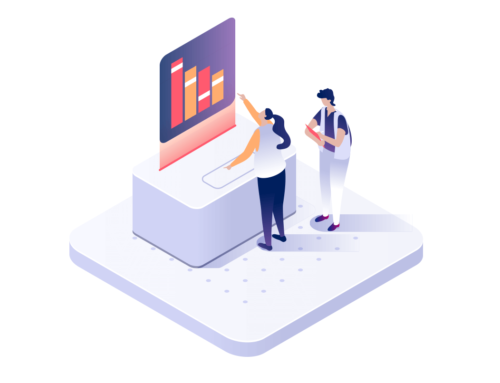
The era of predictive analytics has arrived. And it has the potential to equip police departments and citizens around the world with the intelligence they need to predict crime both in real-time and in the future.
Thanks to everything from automatic license plate readers to gun sensors, the real-time data available to law enforcement agencies continue to skyrocket. And with Microsoft’s advanced analytics capabilities such as Microsoft Power BI, Microsoft Azure Stream Analytics, and Microsoft Azure Machine Learning (Azure ML), police departments now have the capability to predict when and where crimes will happen in the future. By building crime analytics and predictions Power BI dashboard, law enforcement agencies can take advantage of predictive policing approaches to bring about safer cities.
Our partner, ThirdEye Data created a Power BI dashboard that combines open data from the City of Chicago from 2001 to 2015 with crime data with U.S. Census data and real-time weather and traffic information. The solution enables law enforcement agencies to capture an overall picture of criminal activity across the city—both what’s happened historically and what’s likely to occur in the future.
Law enforcement agencies can use the Power BI dashboard to view the likelihood of crimes happening in various parts of Chicago based on different factors including the month, day, time of day, and traffic and weather patterns. By clicking on a map of the city, for example, police officers can see what crimes are most likely to happen by neighborhood at different times of the day and night. They can also see the predicted frequency of specific crimes, clicking on each type of crime to view where it’s likely to occur. In addition, police officers can use the dashboard to view historical crime trends and compare these trends to what’s predicted for the future.

The dashboard has enormous implications for law enforcement. By assigning the appropriate number of police officers and needed resources at the right place at the right time, police departments can save millions of dollars. Moreover, they can arrive at the scene more prepared, better protecting themselves and their communities. They also have greater insight into why crimes occur in the first place, giving them the tools required to prevent crimes before they occur.
With Microsoft’s data platform, law enforcement agencies now have the tools they need to turn vast amounts of data into powerful information that will bolster the fight against crime. The tight integration of Azure ML with the rest of the Azure cloud platform makes it easy for data scientists to quickly feed data into machine learning models, test various ”what if” scenarios, and develop sophisticated models that make accurate predictions based on specified parameters.
As Dj Das, founder and CEO of ThirdEye Data, sums it up, “For fighting crime and keeping every citizen safe, Microsoft has the most sophisticated cloud-based big data technologies stack, which can help police departments not only understand why and how crime occurs but also predict when and where it can happen. Powerful data analytics tools like Azure Stream Analytics and Azure ML, coupled with the dazzling Power BI visualization package, make it all possible at a reasonable cost and with the ability to scale up and down as needed.“



